Muscle Pain
The Truth About Muscle Pain – Cause, Solution and Tips
What is muscle pain?
Everyone has experienced discomfort in their muscles one way or another. As it is, muscle pains and aches are very common.
This sort of pain can be felt anywhere in the body due to the fact that muscle tissue is all over the body.
Some examples are muscles pains in calves, muscles pains in back, muscles pains in chest, muscles pains in legs, lower back, arms (upper arms and lower arms), shoulder and even the neck.
What are the main causes of muscle pain?
Most of the time, muscle pain areas and causes can be identified easily to those who experience it. This is due to the leading causes of overload of stress, tension, or physical activity.
Among the common causes are:
1. Multiple areas of muscle tension in the body
2. Over-exercising/ Stress muscles too much in physical activity
Overuse of muscles or minor injuries often cause muscle pain that affects multiple muscles or a small part of the body. An example would be a strain or sprain from overusing the muscle in your morning run.
Falling and tripping can equally lead to muscle pain via strains and sprains
Post workout muscle pains is common. Exercise is a prime example of having too much of a good thing.
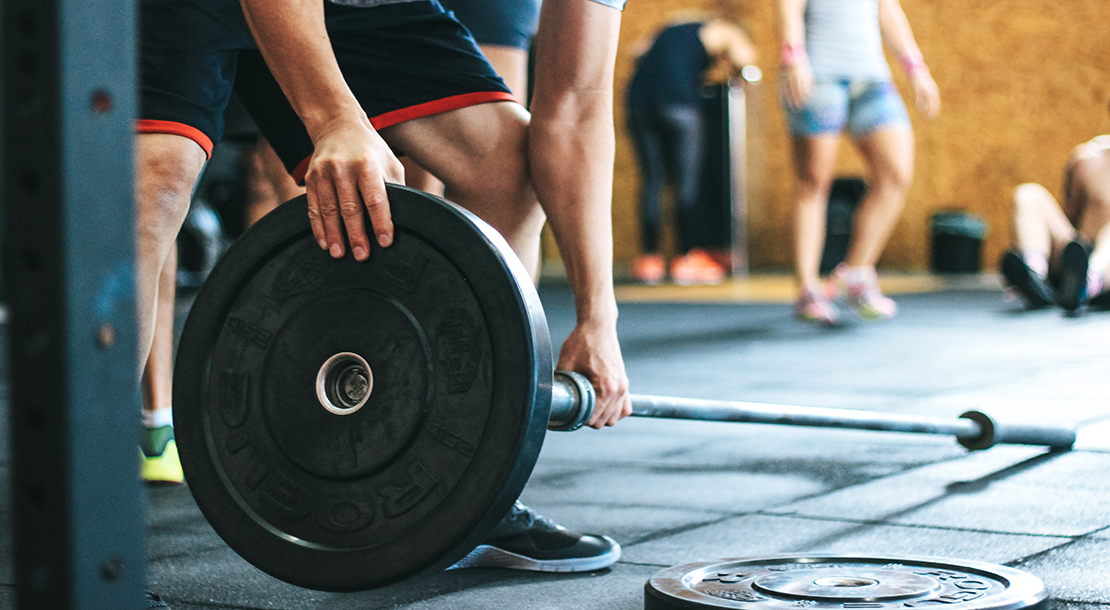
Recent studies revealed some of the impacts of over-exercising that promoted professional and non-professional athletes alike to exercise in moderation.
One of them, conducted by the University of Utah in Salt Lake City revealed biochemical reactions causing muscle pain and fatigue when exercising.
Another from Loyola University Medical Center in Maywood, Ill, demonstrated that richer and younger athletes who play specific sports can have more overuse injuries compared to their lower-income peers.
The mantra “no pain, no gain” can motivate some but taken to extremes can prove to be dangerous (e:g exercise addiction)
Delayed onset muscle soreness (DOMS): Post workout muscle pain
We might often heard of Delayed Onset Muscle Soreness (DOMS), which is closely related to sports/ exercise. It is one of the common muscle pain.
DOMS is a general ache beginning after your workout. This begins from a few hours after the workout or leading towards a couple of days later.
DOMS is most typically experienced when you start a new exercise that is not usual to the body, or intensity has been increased to the workouts.
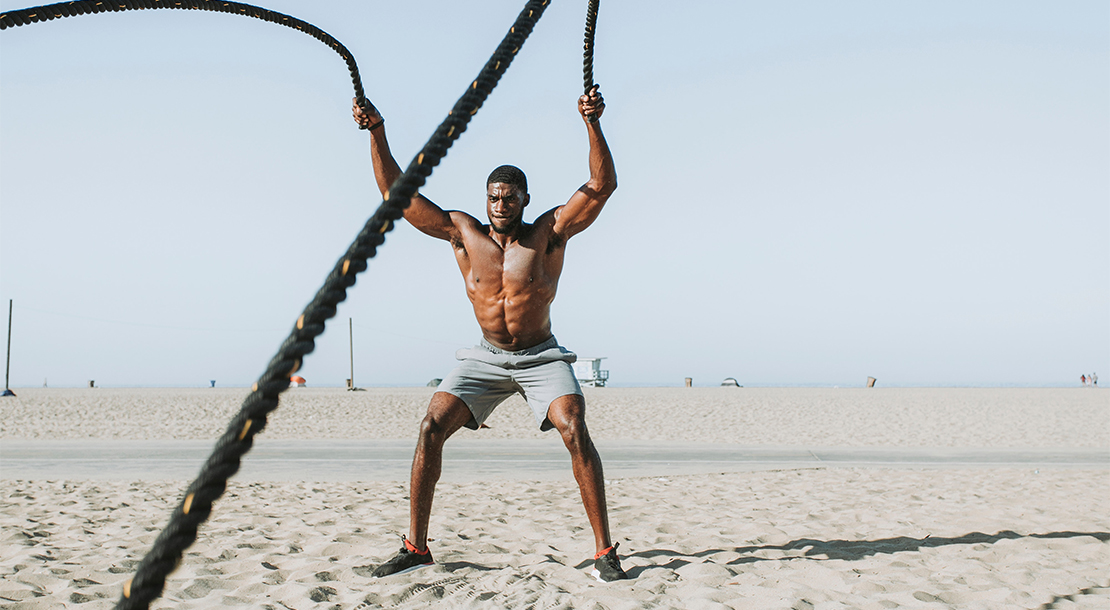
The injuries to muscle fibers and connective tissue seen under a microscope, happens due to the stress of the exercise which is the cause of the generalized ache.
Typically, DOMS subsides within a day or so. Daily activities and moving around with the limbs and joints are typically not impeded.
3. Muscle injuries while working in physical demanding work or exercise
Fatigue, injury or overuse of a muscle often the result of overstretched or tore muscles.
This is called muscle strain and can happen to any muscle; with common areas such as your lower back, neck, shoulder, and hamstring (muscle behind your thigh).
A mild strain while cause stiffness in the tore muscle, but flexible enough to use. Severe muscle strain however is when it is torn severely, resulting in pain and limited movement.
The symptoms of mild to moderate muscle strains usually go away within a few weeks, while more severe strains may take months to heal.
What types of daily conditions can cause muscle pain?
1. Stress
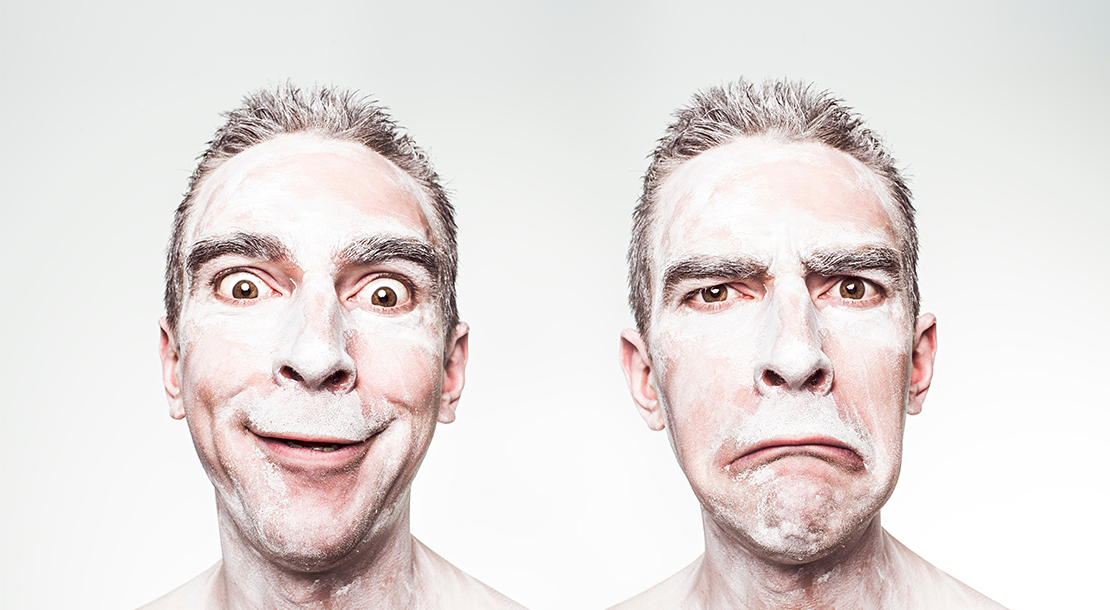
During stressful periods, the immune system loses control of responses to inflammation. This results in the lack of ability for the body to fight sickness and infections compared to its usually ability.
Aches can be resulted from this as the body is more susceptible to inflammation and infection throughout the body.
Other symptoms of stress and anxiety are such as:
- Increased heart rate above the norm
- higher blood pressure
- hot flushes or cold sweats
- physical shaking from the norm
- headaches, such as tension headaches or migraines
2. Dehydration

An ingredient essential to the body’s functioning and workings is water.
The body is unable to function without it, including performing important processes such as breathing and digestion.When dehydrated, these processes do not perform as well, causing physical muscle pain as a result.
Alternate symptoms of dehydration are such as:
- dark urine
- dizziness or disorientation
- exhaustion
- extreme thirst
A lack of water, especially on a hot or dry day, dehydration can set in quickly.
One should set to drink about eight 8-ounce glass of water daily, and even more if you are physically active and sweating regularly.
If dehydration leads to a case of diarrhea, drink a lot of water until it is over.
Water and beverages with extra electrolytes helps hydration and replace the electrolytes lost to diarrhea also.
If water cannot be kept, seek professional help or a doctor immediately to ensure that severe dehydration is not the case.
3. Lack of sleep
A lack of quality sleep also affects one’s overall health.
One requires a minimum of 6 to 8 hours of sleep every night, including deep sleep or rapid-eye movement (REM) sleep.
The body’s tissues and cells require proper sleep to be in good health, with the brain staying fresh and alert. Without this, the body will not have resources and time to replenish essential energy and processes, which can lead to muscle pain
Other symptoms of sleep deprivation include:
- disorientated and confused
- dozing off without realization
- lack focus in listening and talking to others
- trouble speaking properly
- poor memory recall
Common Areas of Muscle Pain
Muscle Pain In Neck
The neck is made up of vertebrae that extends from the skull to the upper torso.
The shock is absorbed by cervical discs between the bones.
Muscles, bones, and ligaments of the neck support the head and creating movement. Inflammation, abnormalities, or injury impedes this and causes stiffness and pain in the neck.
Such pains can radiate towards the shoulder and cause shoulder pain, and causing one-side or double side headaches.

Occasionally, most people experience pain in the neck of stiffness.
Most cases due to bad posture or overuse. Neck muscle pain can also cause by fall injury, contact sports, or whiplash. Usually, the conditions aren’t serious and can be relieved within a few days.
But in some cases, neck muscle pain can indicate serious injury or illness and require a doctor’s care.
Sometimes, neck muscle pain also can indicate serious injury or illness needing a medical professional attention
If symptoms of neck muscle pain prolongs for over a week, is severe, or followed by additional symptoms, medical attention should be sought.
Muscle Pain In Leg

Leg muscle pain in any area is a common symptom of trauma or disease.
Causes of leg muscle pain can vary.
More traumatic causes include sports injurie, while others are related to the blood vessels, nerves, muscles, joints, soft tissues, or bones.
The duration and nature of treatment relies on the cause of the leg muscle pain.
Home treatment is possible for leg pain, but if the pain becomes sudden, severe, or prolonged, or if there are other symptoms, medical attention may be necessary.
Muscle Pain in Thigh
The thigh is composed of three sets of strong muscles: the hamstring muscles in the back of the thigh, the quadriceps muscles in the front, and the adductor muscles on the inside. The quadriceps muscles and hamstring muscles work together to straighten (extend) and bend (flex) the leg, while adductor muscles pull the legs together.

The muscle pain in thigh are at risk for strains due to the fact they cross the hip and knee joints. High speed-activities also rely on them, such as track and field events (running, hurdles, long jump), soccer, and etc.
Several things that can lead you to muscle strains, including:
- Muscle tightness. Strain is easier with tight muscles. Stretching as a yearly program should be done by athletes.
- Muscle imbalance. Due to the co-working of the quadriceps and hamstring, imbalances can cause one part to be more stressed leading to strain.
- Poor conditioning. Weak muscles lead to less ability to cope of use, making it easier to be injured.
- Muscle fatigue. Fatigue reduces the energy-absorbing capabilities of muscle, making them more susceptible to injury
Muscle Pain in Calf
The calf is divided into two main muscles; the gastrocnemius and the soleus. Both muscles join at the Achilles tendon, and directly attaches to the heel. Any leg or foot motion uses these muscles.
A variety of conditions happen from person to person with calf muscle pain. Typically, it feels dull, aching, or a sharp pain. Occasionally, with tightness in the back of the lower leg.
Calf muscle pain can be from various causes, including overworking the muscle, cramps, and foot conditions. While treatable at home most times, other causes may require immediate medical attention.
Back Muscle Pain
From most muscle pains, back muscle pain tops the reason for people who go to the doctor or miss work, it also is a leading cause of disability worldwide.
Majority of people have back pain at least once in their lives.
Upper and middle back areas can be less prone to issue compared to the lower back. This is due to the fact that less load is stressed in that part compared to the lower back.
However, this area running from the base of the neck to the bottom of the rib cage can be a source of pain.
Thus, lower back muscle pains are more common than upper/ middle muscle pains for most people.
Thankfully, there are ways to remedy or relieve most occurrences of back muscle pain.
In the case of failed prevention, proper body fixes and home treatments can often remedy it within a couple of weeks and produce it functionally. Back muscle pain rarely requires any surgery.
Muscle Pain in Chest

Strained or pulled chest muscle called chest muscle pain creates a sharp pain in your chest. This occurs when the chest muscle is stretched or torn.
49% of chest muscle pain occurs from a phenomenon called intercostal muscle strain. The chest is made up of three layers of intercostal muscles. These are responsible for breathing and stabilizing your upper body.
Overuse typically causes chest wall pain by straining or pulled muscles. This could be due to heavy lifting or sports injury. Some examples are gymnastics, rowing, tennis, and golf all which involves repeating motions and can cause chronic strains.
What is the duration of muscle pain?
Muscle pain and fatigue occurs after hard workouts and will subside after 24-48 hours of rest. Self-massage is an easy way for easing muscle pain, making it easy to do it at home.
However, if the aches do not go away after days of rest, or becomes more intense, it could be a sign of muscle injury.
If a symptom of severe muscle pain occurs in a workout, this could be an indicator of muscle strain or injury. If this is followed by breathing difficulty, high fever, muscle weakness and stiff neck, see a doctor.
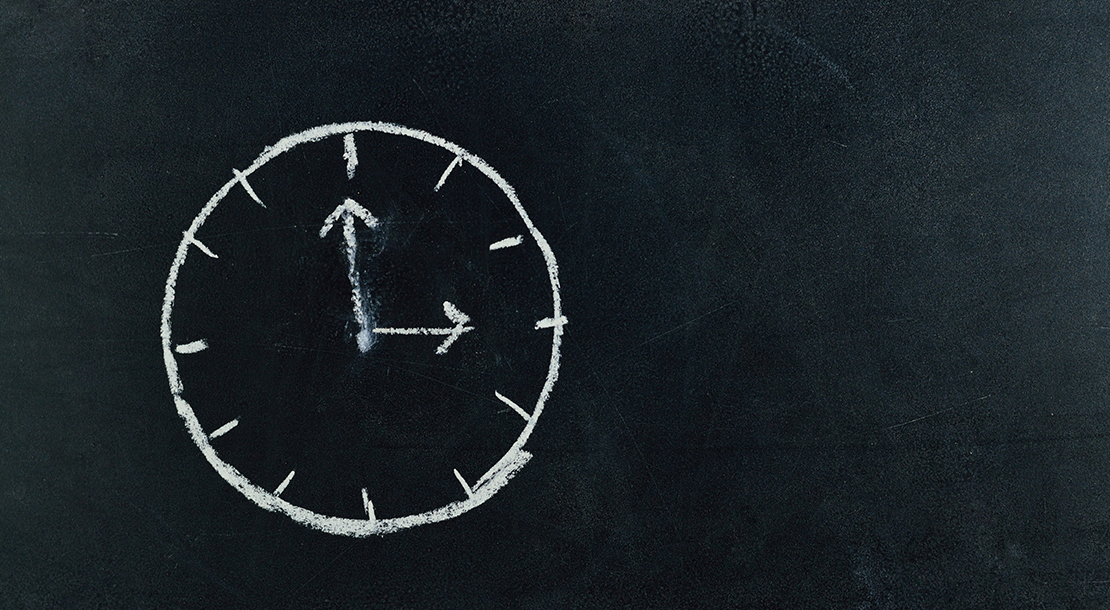
What types of medical conditions can cause muscle pain?
Stress, physical activity and tension are not all related to muscle aches. Other medical explanations for myalgia include:
Muscles and bones that feel exhausted achy and sensitive all over the body can be associated to what is called fibromyalgia. Causes of such are uncertain but can be triggered with stressful events like physical trauma and surgery.
Infections/ Bacterial Infections (Flu/Polio)
Such infections attack the body, while the system attempts to fight it. Chest, lungs and throat inflammation can be painful. The other body parts may ache when fighting such an infection.
-
Autoimmune disorders such as lupus, dermatomyositis, and polymyositis
-
Use drugs and medications, such as statins, ACE inhibitors, or cocaine
-
Thyroid problems, such as hypothyroidism or hyperthyroidism
-
Hypokalemia (low potassium)
Solutions and Tips for Muscle Pain Relief
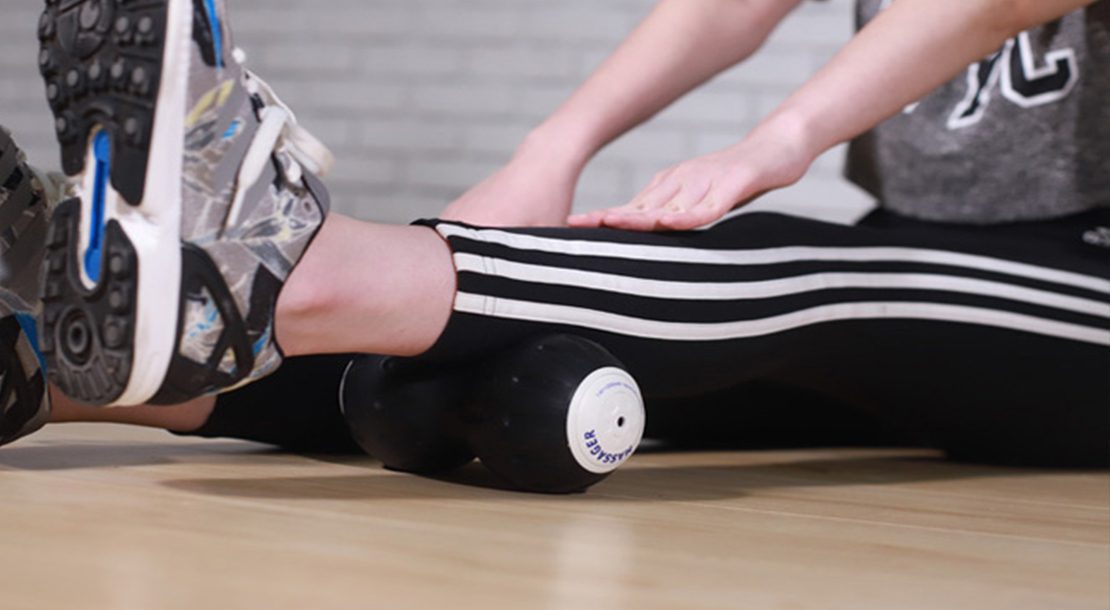
Muscle Pain Relief at Home
Home treatment often is effective to treat muscle aches. There are measures to relieve muscle pain from injuries and overuse:
1. Allow the area of body experiencing aches and muscle pains to rest
2. Take a pain reliever, such as ibuprofen
3. Use muscle pain relief tools for helping the muscle pain
Utilize tools to create deep-tissue massage to increase blood flow such as foam rollers, sticks and balls. This increases recovery speed and decrease inflammation that lessens workout soreness.
The use of vibrating tools can help as it is well proven in the world of therapy and rehab. It has been used for over half a century and has been simplified and refined.
Some benefits of vibration are flexibility, strength and power while having pain reduction from injury and muscle pain from workout. It may be useful compared to other regular muscle recovery tools.
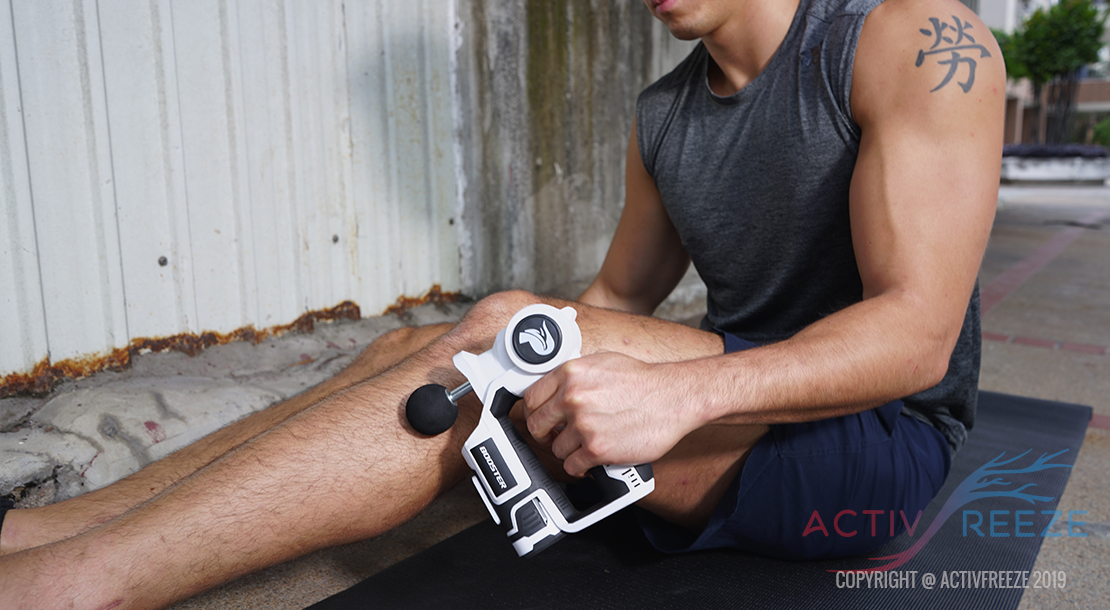
While the deep tissue massage device is another vibration tool that aids in recovery, helps with mobility and flexibility and helps relieve whole body muscle pain or joint pain. Great to use before or after weight training, cardio exercise, marathons, running, swimming, CrossFit, or even long days sitting at the job or in a car for lower back pain relief.
-
Great for post workout recovery (relieve tension), remove lactic acid
After a hard workout or sports event, a foam roller can be very helpful in relieving muscle tension and preventing muscle soreness by removing lactic acid. This can reduce your recovery time and put you back in the game at full capacity and even help prevent injuries.
-
Deep Tissue Massage (pain relief and muscle recovery)
Deep tissue massage cannot be generated as effectively with non-vibrating foam rollers as with vibrating rollers. When using the mid to highest setting you can penetrate deep inside the muscle tissue to stimulate muscle fibers for fast and effective pain relief and muscle recovery.
-
Deep tissue massage device generate twice the muscle activation
It also has much deeper muscle tissue stimulation than any standard muscle pain relieve tools can produce. This enables the user to accomplish more in less time, or cover twice the muscles in the same amount of time.
Available at Activfreeze
4. Using ice to the affected area to help relieve your muscle pain and reduce inflammation
Cold temperatures are found to significantly reduce muscle soreness, especially compared to resting or no intervention post workout. Ice can be used from 1-3 days after the strain, and heat can be applied thereafter.

Other measures that may provide relief from muscle pain include:
1. Gently stretching the muscles
2. Avoiding high-impact activities until after the muscle pain goes away
3. No weight-lifting sessions until the muscle pain resolves
4. Time to rest the muscles
Stress can cause muscle pain, so make small changes to daily lifestyle to reduce stress as much as you can. You can try doing stress-relieving activities and exercises such as:
- Meditate for a few minutes per day. Breathing should be paid attention while putting aside matters that involve stress.
- Avoid stressful environments such as taking a walk to avoid stress triggers.
- Let out feelings of stress to someone to verbalize the stress
- Use relaxation techniques to sleep if sleep has been deprived for a few days.
Tips to Prevent Muscle Soreness
Some measures can be done to lower risk of developing muscle pain in the future, if this is caused by tension or physical activity.
1. Stretching before and after workouts
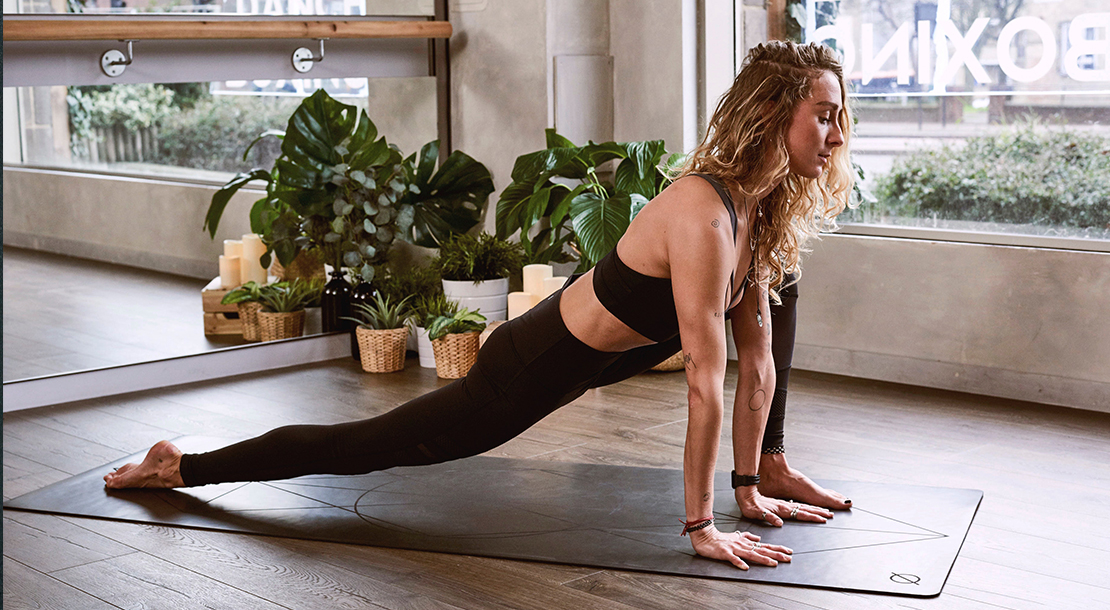
When starting a workout, extended warmups and stretch routine will prepare the body for exercise and reduce muscle pain.
Perform gentle dynamic stretches [stretches that involve movement] before your fitness routine and then with static stretches [stretches you hold].
Leg swings and gentle walking lunges are two examples of dynamic stretches.
Some simple massage tools can be used to help stretch the muscles, e.g. back muscles or legs muscles.
Using a foam roller to massage your sore muscles after a workout can significantly reduce DOMS, according to a recent study in the International Journal of Sports Physical Therapy.
2. Vibrations tools to reach areas of pain, that cannot be reached manually
Fitness professionals are getting more familiarized with vibration tools, including trainers and physical therapists. These tools allow you to target and reach areas that cannot be normally reached.
However, it does not mean it is more effective that a regular one but vibration is an added bonus when it comes to muscle stretching compared to what it provides.
Some benefits of using vibration tools is that it can help increase blood circulation and loosen muscles before an sports event or workout.Stretching of the muscle fibers can help increase flexibility, mobility and strength to enhance performance and prevent pain and injury.
Therefore, compare to the standard foam roller.
A more advanced method is to use the vibrating foam roller, which is twice as fast and effective as your standard foam roller!

A vibrating foam roller can function as both a regular non-vibrating foam roller but also has the added capability of generating high vibrations with its built-in vibrator device which can easily be switched on to turn your roller into a deep tissue massage foam roller.
This extra feature gives you many added benefits your typical foam roller cannot.
Although vibrating foam rollers are more expensive than your standard roller, they are nonetheless still very affordable and well worth the extra investment.
Vibrating foam rollers will give you that extra deep tissue massage a regular foam roller will not.
These extra vibrations can also shorten your massage if you are in a hurry since it can perform the same work in have the time.
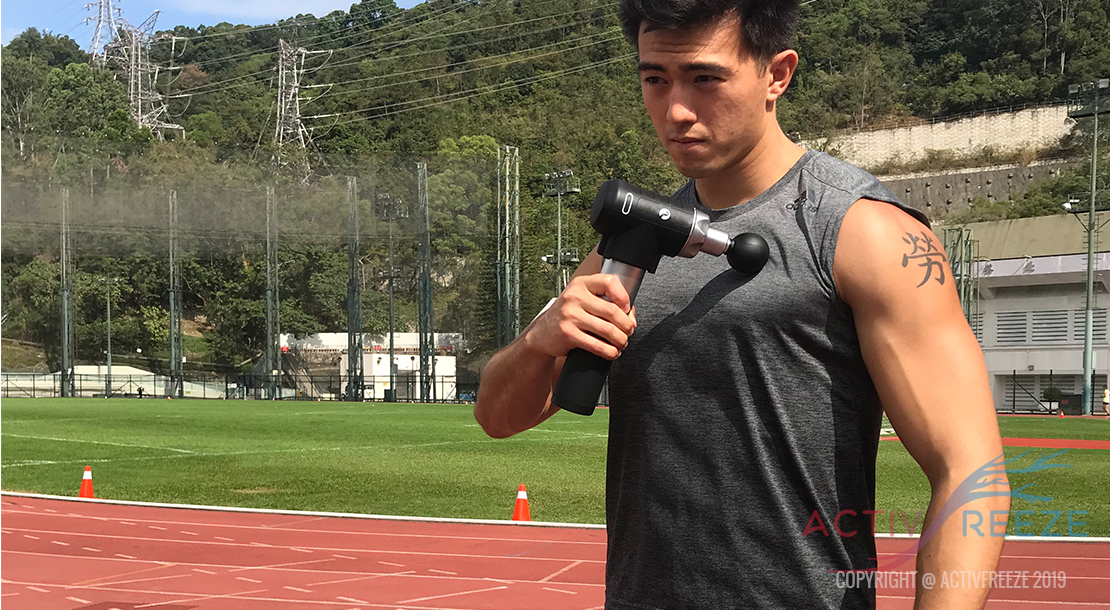
Another added benefit is that you can position the roller under you on the floor or behind you in a chair and target a specific muscle region without having to roll the foam roller or move your body. Just relax, and enjoy the soothing deep tissue massage this deep tissue foam roller can provide you.
Give each major muscle group at least five rolls, starting with your calves and working your way up your body. Spend extra time on sore spots.
Massage Tools available at Activfreeze
3. Use warmups and cooldowns for all exercise sessions
Performing cardio allows muscles to warm up. If you’re doing weights only, add an extra heart-pumping element to the warm up, such as jumping jacks or jump rope in order to get muscles ready for hard work.
4. Be hydrated, especially on active days
Hydration is crucial before and throughout exercise to prevent cramps and to decrease inflammation (and muscle soreness) after exercise. Despite the pitch of beverage companies, water is usually the best choice for exercisers. Fitness routines that lead to excessive sweating could be because of hot weather or vigorous workouts. Electrolytes also should be replaced by be sports beverages and sodium as well. Keep in mind to keep in a lower calories to avoid replacing all the calories lost.
5. Practice regular exercise to help optimal muscle tone
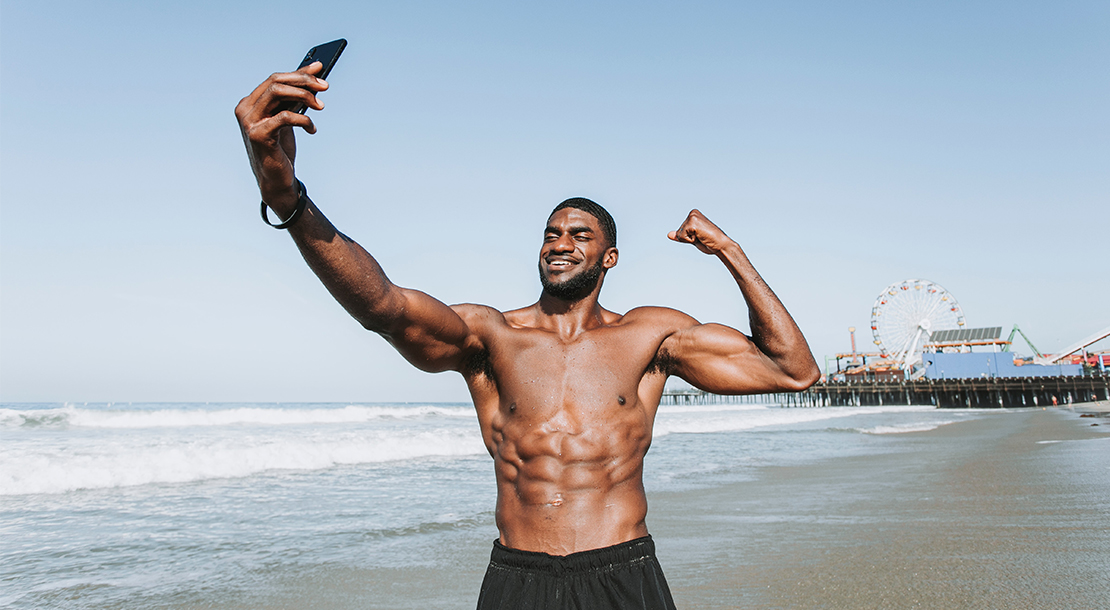
6. Stretch regularly in a desk environment adding risks to strains and tension
Those who make an effort to stretch as such should do for at least 60 minutes.
Sore muscles could be due to something more than tension and physical activity. Such cases, doctors will help best to prevent and resolve muscle pain. As such, the main focus is to treat the primary condition.
7. Engaging in proper technique
Incorrect form and technique usually connects to recurring muscle pain in sports. If such errors are caught early, retraining will be possible to avoid injury and chronic occurrences.
Assessments from trainers or physical therapist should be sought in a clinic with the respective sport. In this way, expert opinions and advice can be obtained to achieve results.
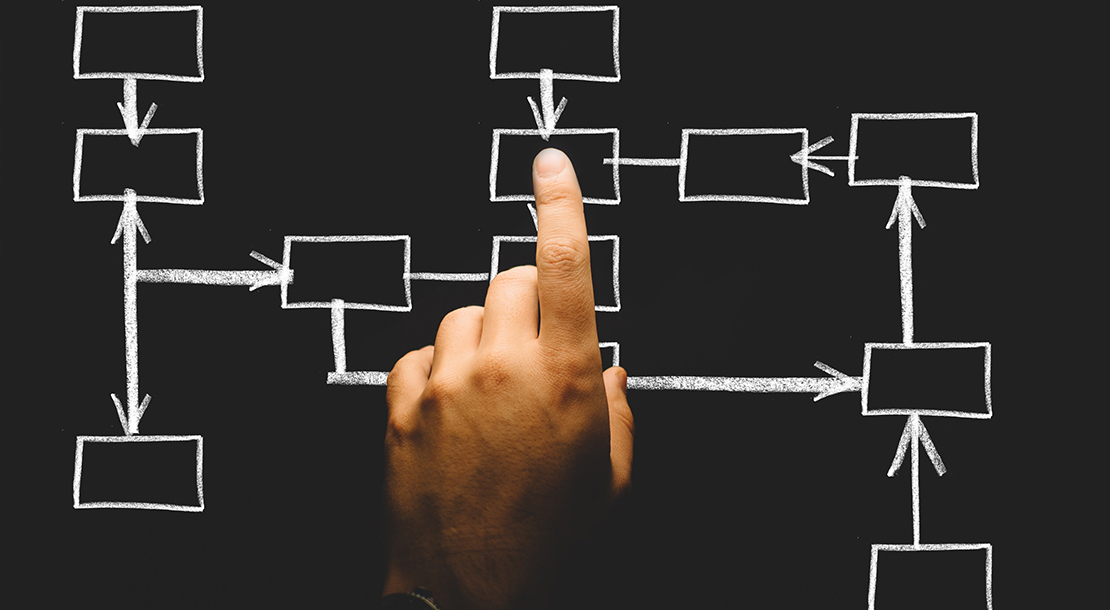
When to Consult about Muscle Pain
Despite being harmless, muscle aches cannot always be addressed with home treatment as it does not solve the underlying cause. Myalgia can also be a sign that a serious condition is brewing.
Consultation of a doctor should be done when:
- Prolonged pain after days of treatment
- Undetermined cause of severe muscle pain
- Rash accompanied muscle pain
- Tick bites following muscle pain
- Redness and swelling
- Pain triggered by medication
- pain that occurs with increased temperature
These are signs of ongoing medical emergency. Get to the hospital as soon as possible if you experience any of the following along with aching muscles:
- a sudden onset of water retention or a reduction in urine volume
- Swallowing restrictions
- Fever and vomiting
- Heavy breathing from lack of breath
- Stiff in neck area
- Weak muscles
- Restricted movement in body part


 中文
中文 日本語
日本語 Deutsch
Deutsch Français
Français 한국어
한국어 Italiano
Italiano Español
Español Русский
Русский Português
Português Norsk Nynorsk
Norsk Nynorsk
Pingback: How To Relieve Neck Pain and Shoulder Pain with Secret Formula - ActivFreeze
Muy buena información y clara explicación.